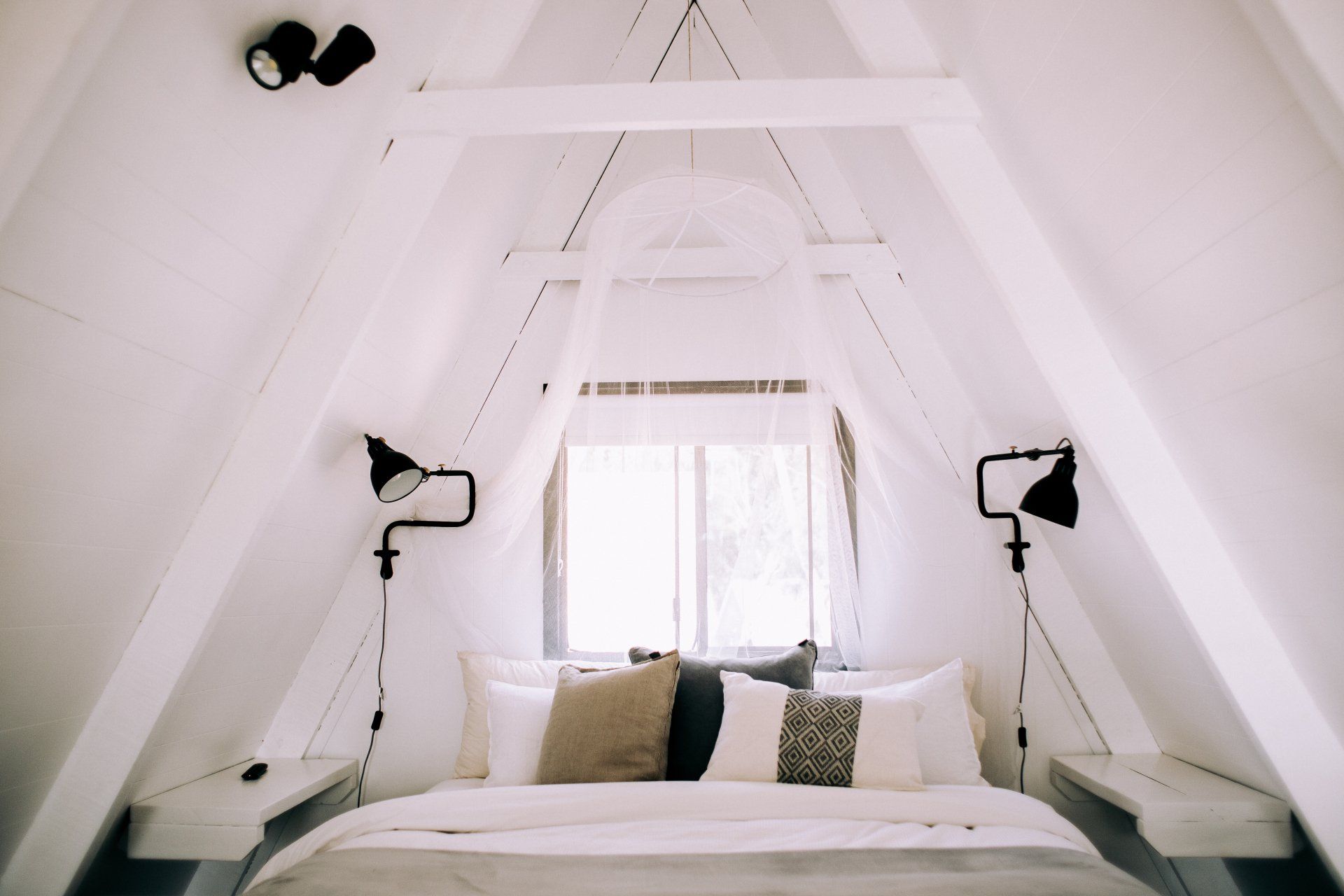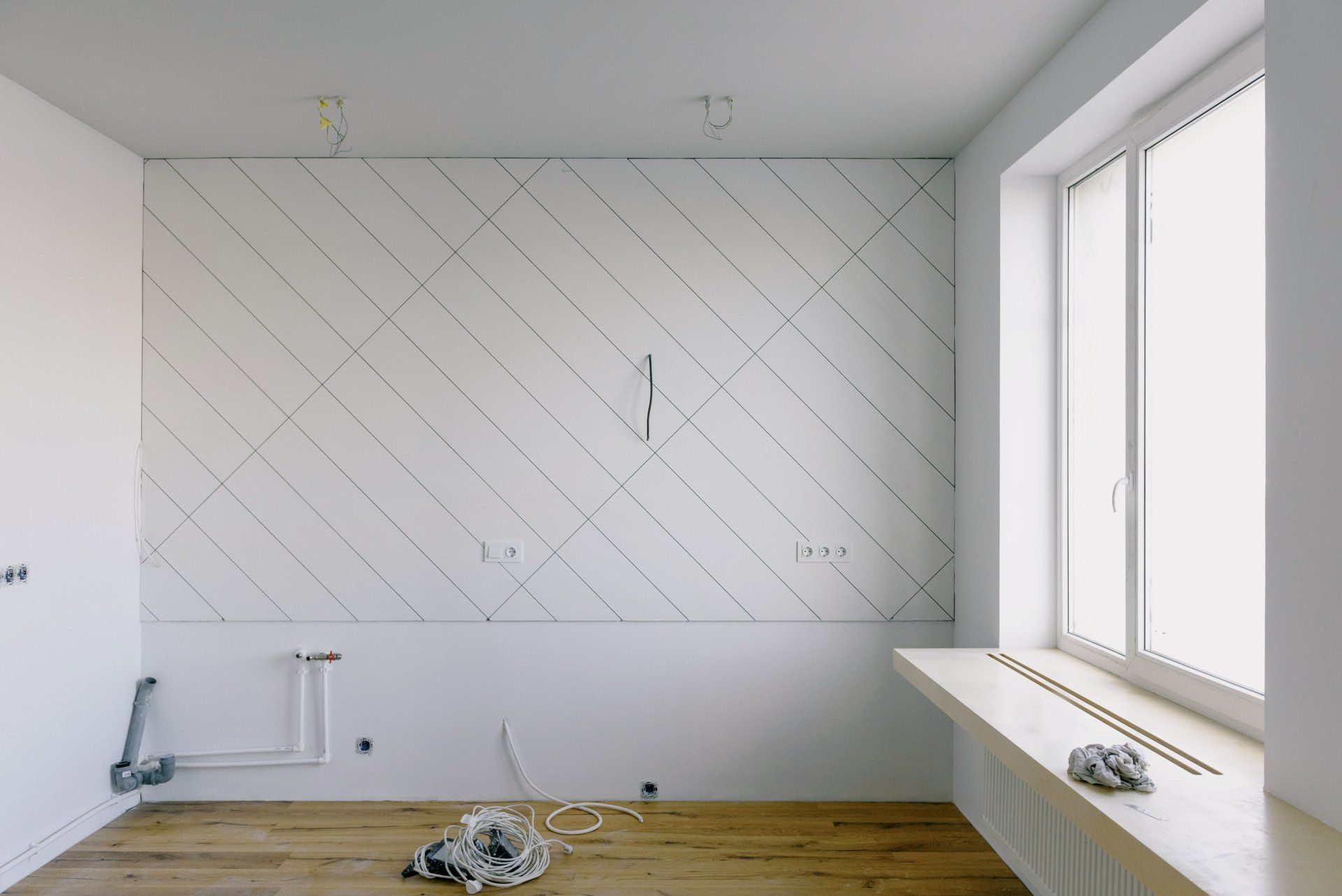Insulation: Things You Should Learn About It
Insulation: Things You Should Learn About It
We all know that insulation is crucial to having the most comfortable and energy-efficient residence. Take a look at these points to think about if you are ever thinking of adding insulation to your home.
Change your insulation.
If you're thinking of buying an insulated door as you're trying to reduce energy consumption and keep the garage warmer, you should consider paying 15 to 20 percent more to upgrade from extruded polystyrene and polyurethane insulation. The insulation efficiency of garage doors is determined by their R-value. The higher the number is, the more effective it will insulate. According to experts, the upgrade from two-inch polystyrene and its Intellicore (polyurethane) increases the insulation value from R-9 up to R-18. This is a significant amount of value.
Use insulation that is not paper-faced if you can.
Do not purchase paper-faced insulation for normal wall insulation. The paper face makes cutting batts difficult. It's also hard to construct a vapor retarder that is tightly sealed by using paper-faced batts.
Insufficient insulation attracts molds.
Warm air is attracted by gaps in insulation. Then, when it comes into contact with cooler surfaces while flowing through or out of the home, it condenses and is then fed to mold. These spots typically occur on exterior walls, near windows or floors, at corners, around outlets, and light fixtures. If the mold is gone after cleaning it and you decide to reduce the humidity in the home with a humidifier or vent fans, be sure to keep an eye on it. If it returns again, you can open the wall and address the issue.
Incorporate attic insulation.
In all homes, but particularly in older houses, installing insulation in the attic can cut the loss of heat. At a minimum, homes must be insulated between R-22 and R-49 (6 to 13 inches for loose fill or between R-7 and R-19 inches for fiberglass batts). You should consult your local building department for the appropriate level for your region.
Put yourself through attic access doors and take a look at the amount of insulation there is. If the insulation you have is below or equal to the required level, adding some can lower your heating costs. If you're required to increase your insulation, use loose-fill insulation instead of fiberglass batts, even if your home already has fiberglass. Loose fill typically consists of fiberglass or cellulose and allows you to fill in joists, and it can even get into crevices.
Do not spin a bit in the insulation.
The most effective tip for fishing cables through insulation would be to void it if you can. The risk will always be there to harm the vapor barrier or clog up insulation, creating cold spots on the wall. If you are required to use wires to penetrate walls on the exterior, the best way to do it is to keep from spinning the flexing bit until you have made contact with the wall you want to drill through. If you drill too early, you'll end up with an immense cotton candy cone that will make removing the bit difficult and, in some cases, impossible.
Itch Remover
A lint roller that is sticky will pull those dreadful insulation fibers from your clothing and skin. It also reduces itching in the future.
Insulate Pipes
Condensation that drips from cold pipes could contribute to water problems in basements. Protect pipes from cold water with pipe insulation made of foam to prevent condensation. The foam insulation is inexpensive and can be cut easily with scissors.
Insulate Walls
Insulate exterior walls with insulation to avoid condensation. In winter, wall insulation in basements helps save energy and lowers your heating bills. However, don't cover the walls with insulation if you notice signs of water that is coming in from the outside. It could cause the possibility of mold problems.










